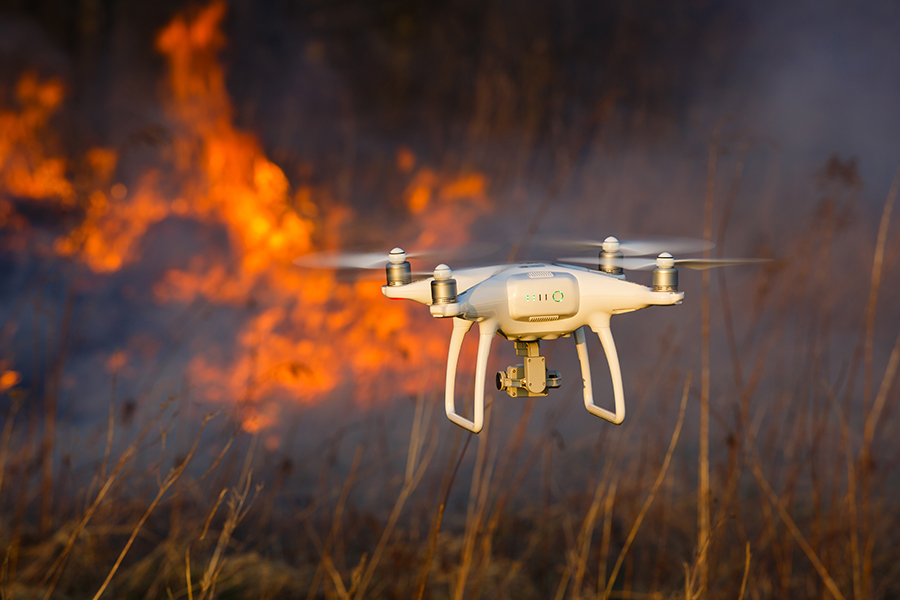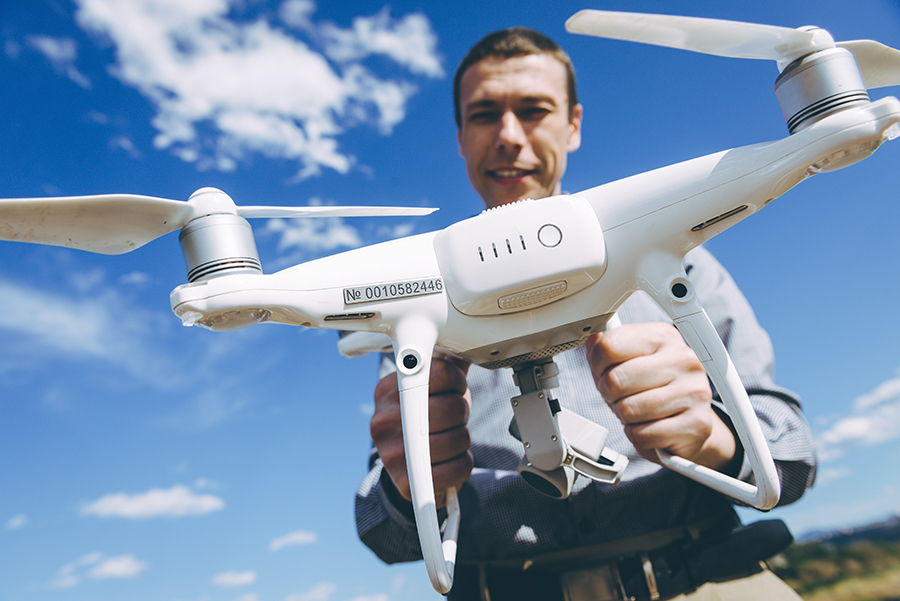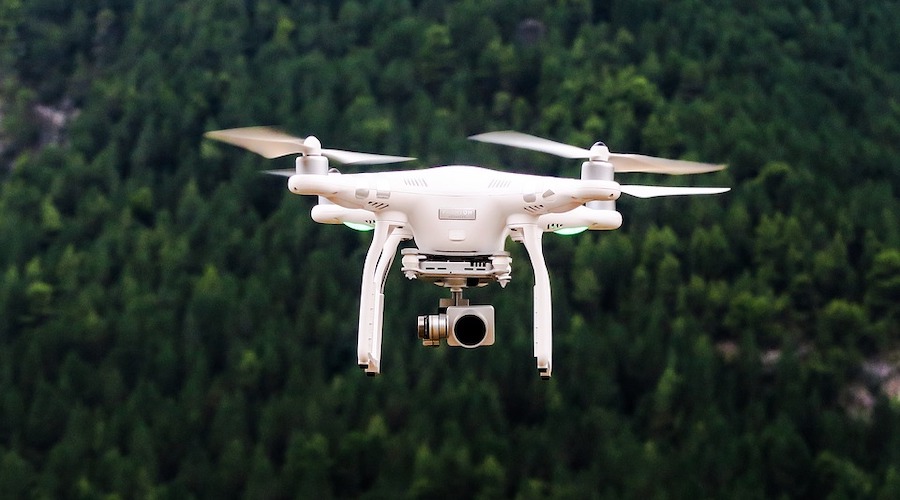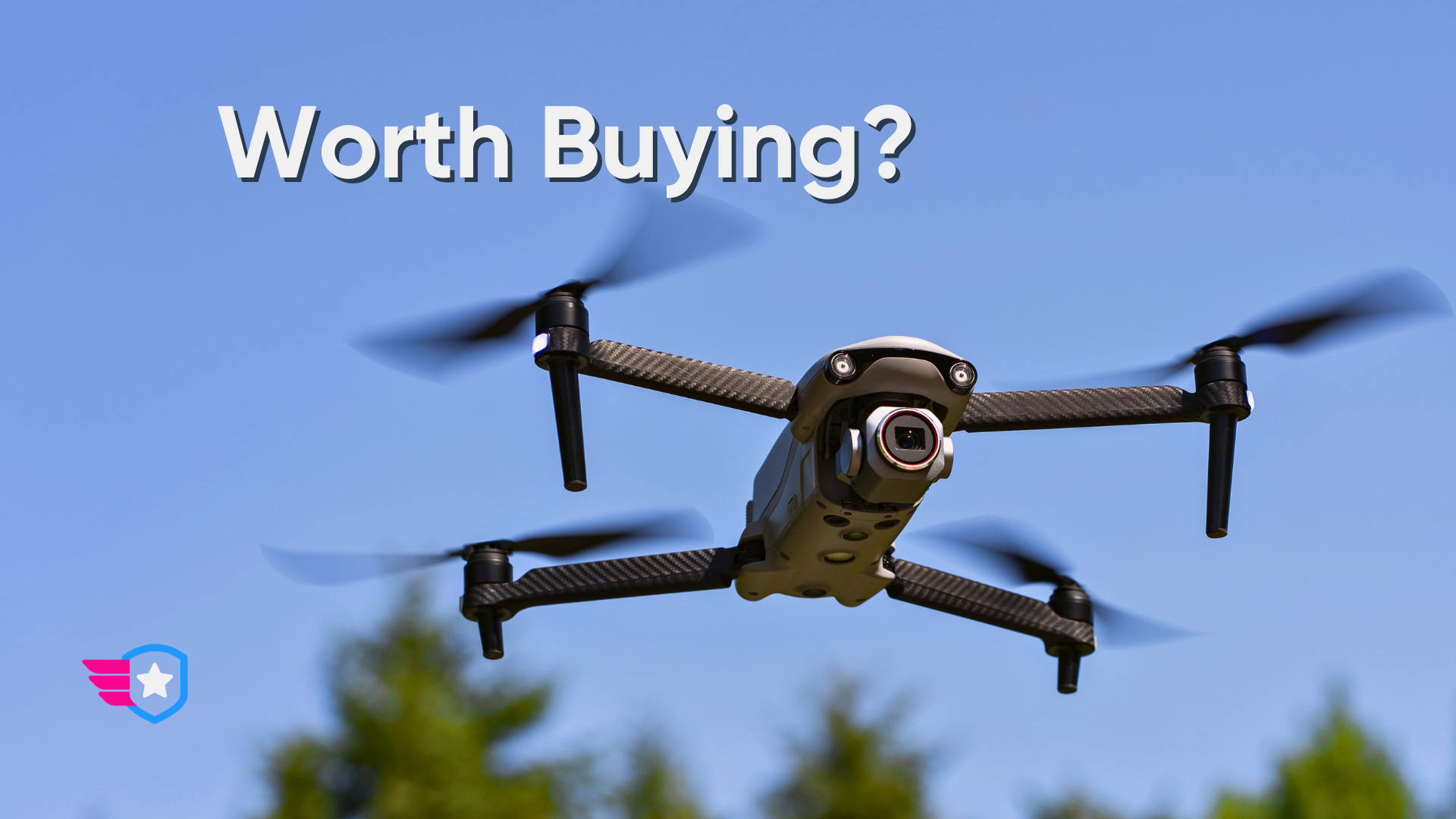Perhaps it’s a sign of climate change, but major wildfires are becoming more frequent in the past years. Just this year, more than one million acres of forests have burned in the U.S. across several different states. This has undoubtedly caused significant losses in vegetation and habitat for wildlife.
Fortunately, there are now also more tools that can help in fighting wildfires. Drones have been well-integrated into wildlife response in a variety of ways. Through the help of advanced sensors and predictive data analysis, drones can even help prevent wildfires from happening.
Rules on drone flight near wildfires
Using drones for firefighting is one thing, but what if you’re just a drone pilot with no involvement in firefighting operations? Simply put, you should not be flying near wildfires without approval from the appropriate authority.
The FAA puts up a Temporary Flight Restriction (TFR) around the sites of wildfires. The TFR protects any aircraft that may be actively involved in firefighting operations. However, it is still considered a federal crime to interfere with firefighting aircraft under any circumstances, even if there was not a TFR in place.
Drones are a particularly special concern when it comes to wildfires because firefighting aircraft often operate at low altitudes. If drones were to fly into a wildfire, there will be a high risk of getting into a collision or near-miss encounters with these aircraft. When unauthorized drones are spotted in a wildfire, it may force responders to suspend aircraft operations until the drones are no longer in the immediate airspace.
Using drones to set controlled fires
Perhaps the most direct use of drones in firefighting is as a vehicle to ignite a fire in a controlled manner. Setting small fires strategically is a firefighting tactic that has been practiced for decades. A company called Drone Amplified has created technology that allows for this, called the IGNIS payload system.
IGNIS is basically a container that can be attached to commercial drone platforms that can dispense “ignition spheres” that are the size of ping-pong balls. These spheres contain two chemical compounds that start a fire within 30 to 60 seconds of being combined with each other. These spheres can be dropped at specific spots to deprive the wildfire of fuel, thus keeping it from spreading.
When combined with a drone with autonomous flight features, the IGNIS can drop more than 100 of these ignition spheres per minute along a pre-determined path. It can also have high-definition cameras and thermal cameras that can be monitored live remotely.
The IGNIS payload system had actually already been used in the U.S. by the Department of Interior back in 2018 to help control the Colorado wildfire in 2020. Right now, Drone Amplified says that there are more than a hundred operational IGNIS systems.
Predicting the path of fire spread via drone
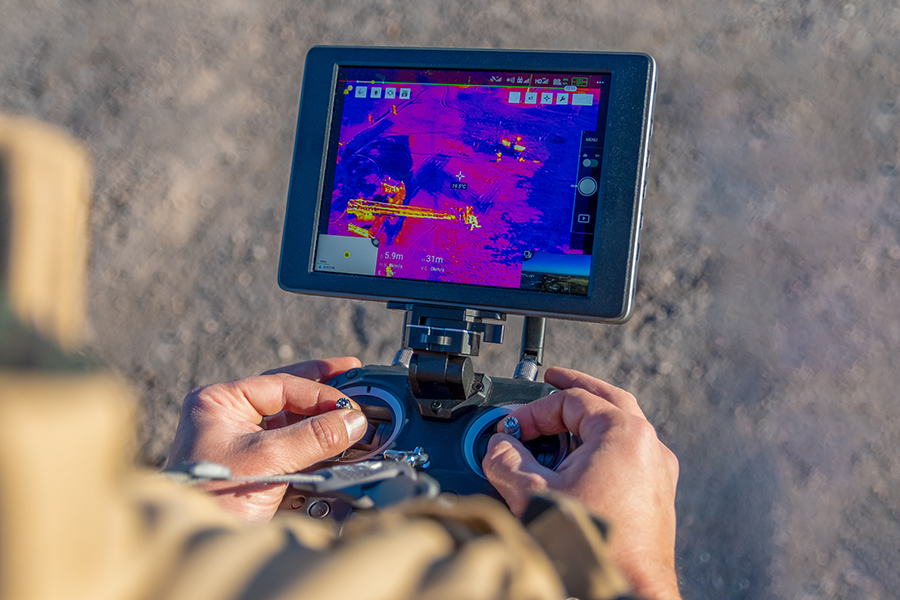
The role of drones as powerful data collection tools can also be leveraged by firefighting agencies but in a different way. Instead of fighting wildfires when they happen, data can be used to prevent wildfires from happening in the first place.
The KHawk is an experimental drone designed by professors from Georgia State University, the University of Missouri, and the University of Kansas under a project funded by the US Department of Agriculture. It is a drone equipped with thermal imaging and can gather data about wind speed and direction. Analysis of this data can then be done to help predict the direction and speed of the spread of a wildfire.
Although the predictive algorithm is undoubtedly a major part of this project, a lot of thought also went into the design of the drone. After all, the KHawk had to be able to maintain stable flight despite the turbulence caused by the intense heat around wildfires. Testing of the drone under controlled conditions is currently still ongoing in collaboration with wildlife experts, but it is planned to do real-world tests within the next two years.
Drones helping in reforestation
Wildfires will happen, whether we like it or not. When they do, then there must also be a response to deal with the aftermath. Deforestation has increasingly become a problem now that wildfires are happening more frequently. Drones are now being used to help in forest restoration efforts.
In 2016, a company called DroneSeed became one of the few to receive approval from the FAA to operate multiple drones that weigh more than 55 pounds and at beyond visual line of sight. DroneSeed’s swarm of drones was being used to spread seeds at the site of a wildfire. This allowed reforestation efforts to be done much faster than having to deploy teams of people on the ground.
The seed vessels are dropped strategically based on a 3D terrain map of the area. Since the drone swarm can operate automatically, seed deployment is done automatically and accurately.
Aerial intelligence
Drones don’t have to be equipped with fancy equipment to be useful in firefighting efforts. Sometimes, the ability to deploy a drone quickly and see what’s happening on the ground as an “eye in the sky” is valuable enough.
During the 2018 wildfire in Hechingen in Germany, firefighters deployed DJI M210 drones equipped with thermal imaging and HD cameras to survey the area for hotspots and identify water sources. Based on this information, strategies were drawn up for how to control the spread of fire, where fire engines will be placed, and how water will be carried.
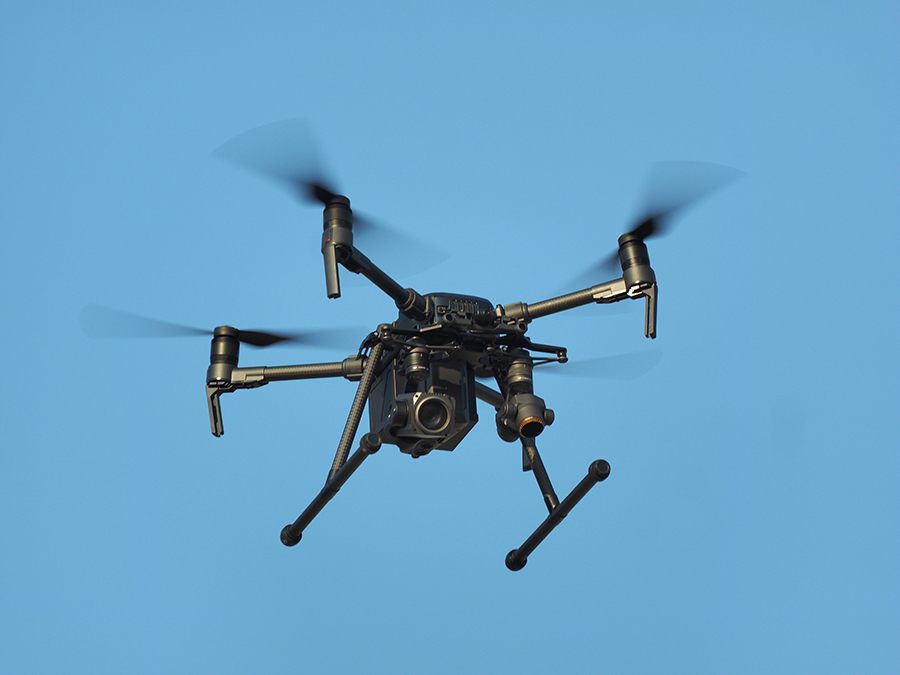
A 2019 wildfire in Arizona posed a unique use case for drones. At the site of the fire in Flagstaff was an area that was previously used for World War II artillery training. As such, there was an unexploded ordinance in the area that would pose a hazard to firefighters on the ground.
Rather than send a team of people to perform a controlled ignition of the ordinance, the deed was instead done by a drone. The explosive weapons were disposed of without posing any harm to people. Firefighters can then proceed to on-the-ground operations without the threat of weapons explosion looming over their heads.
Final thoughts
Fighting wildfires is perhaps one of the more noble applications of drone technology that we have seen. If drones can be made to fight wildfires – or better yet, to prevent them – then that only proves that this technology is beneficial to society and the world in general.
However, the threat that renegade drones pose to firefighting operations only highlights the double-edged nature of drone technology. Drones are extremely helpful until they are not. It is then up to civilian drone pilots to respect federal rules and make sure to stay out of the way when there is a wildfire – there is no photo or video that is worth interfering with emergency response.
